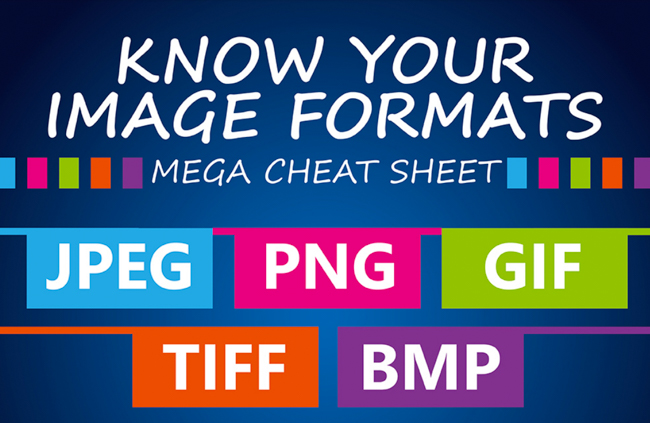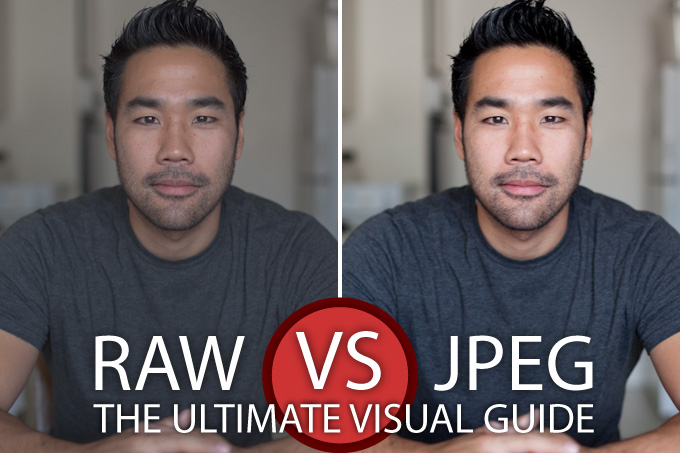
I often think of the digital camera market as a government body, and a particularly volatile one at that; something about a stable as a West African Dictatorship. The poignant word here being ‘digital,’ because now that cameras are no longer analogue, they evolve at a much more rapid rate, making them obsolete much more quickly.
If you owned a Nikon F2 when it came out, there was a pretty good chance it held the same spot in the market a decade later. Now though, new camera kings are crowned and dethroned in a never-ending succession of coup d’états a la Argentina circa Juan Peron. It is not then same, however, for file formats. RAW, JPEG, PNG, TIFF, have held their podium positions for ages. Most popular by a long shot is JPEG, but it’s been challenged a lot recently, and most recently by a format called FLIF.

FLIF, like BPG before it, is a free lossless format that is significantly more efficient than JPEG. In fact, it outperforms PNG, lossless WebP, lossless BPG and lossless JPEG2000 in terms of compression ratio. In their tests, FLIF files were
- 26% smaller than brute-force crushed PNG files,
- 35% smaller than typical PNG files,
- 37% smaller than lossless JPEG 2000 compression,
- 15% smaller than lossless WebP,
- 22% smaller than lossless BPG.
One of the touting points of FLIF is that it supposedly eradicates the need to decide which file format to use because its compression seems unmatched for quality. But don’t for a moment think that JPEG, the king of the file formats, has become a prince, because we’ve been down this road before so many times. Granted it’s usually in good effort to create a broad format solution, but in that effort many are created and just add to the problem. JPEG, likely due to broad adoption, will probably be the last man standing, with its larger counterparts.
[REWIND: RAW VS JPEG (JPG) – THE ULTIMATE VISUAL GUIDE]
Speaking of those, the team over at makeawebsitehub.com have created a highly useful and readable infographic cheat sheet all about knowing your file formats, and when to use them. I’ve included it below, but you can click here to see the original link. In that very vein, there isn’t better article out there to get to know your primary formats as a photographer than our JPEG vs. RAW, The Ultimate Visual Guide. It really should be required reading, and your time well spent.

Image Formats Mega Cheat Sheet
Source: Reddit






Get Connected!